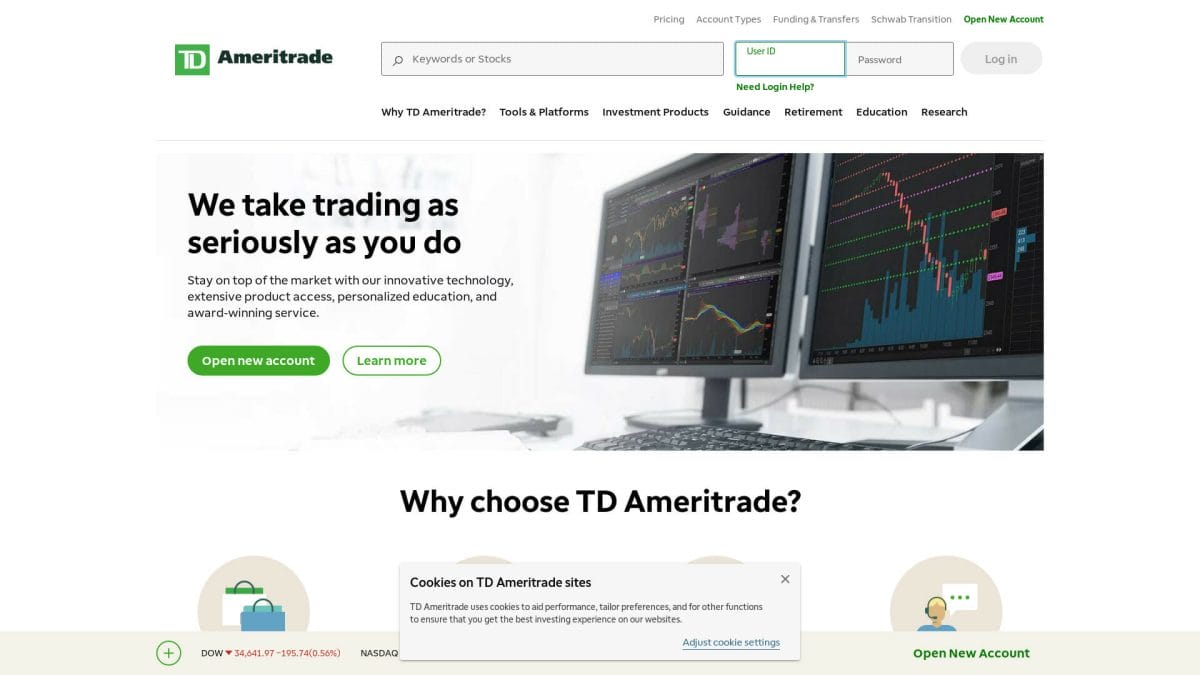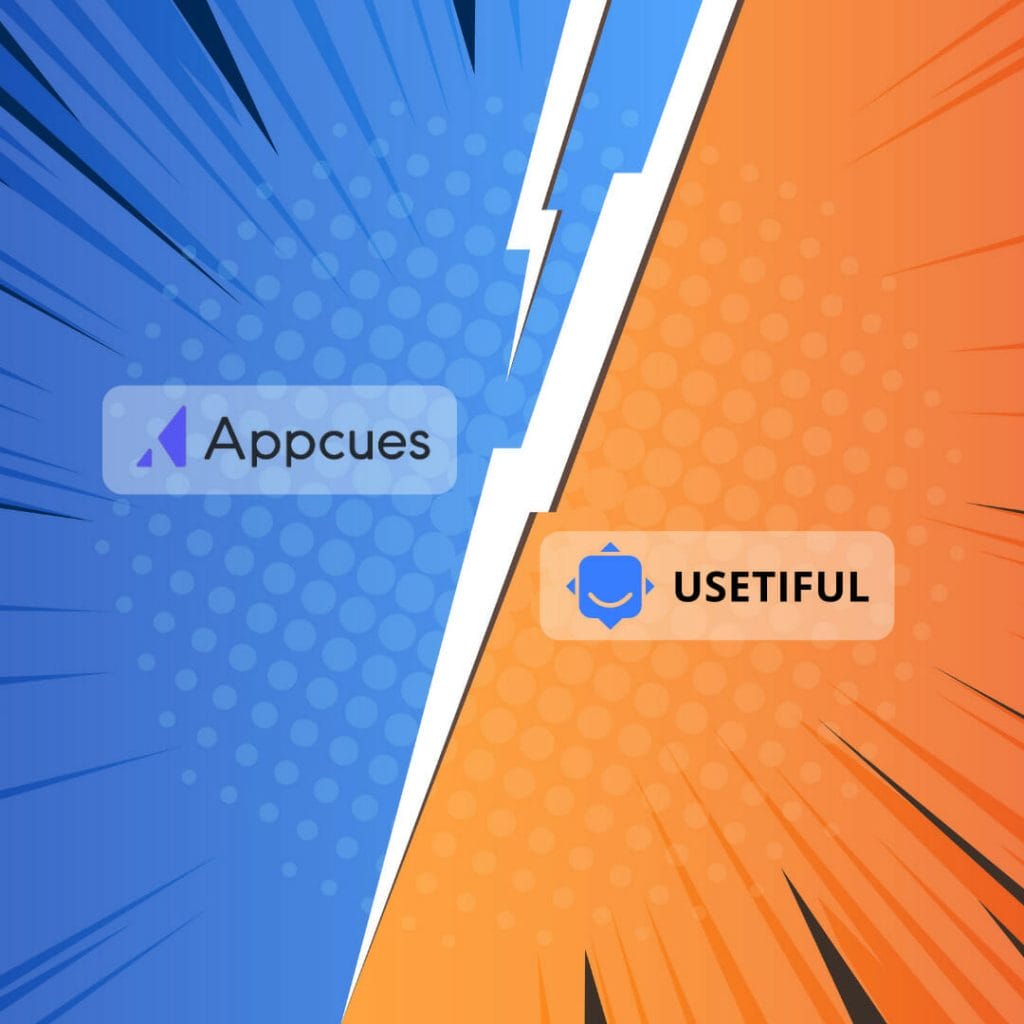In the world of online trading platforms, there is no shortage of options for investors and traders alike. Two prominent platforms often chosen by active traders are Fidelity’s Active Trader Pro and TD Ameritrade’s thinkorswim. Comparing these two platforms can help individuals determine which one best suits their trading needs and preferences.
Active Trader Pro, offered by Fidelity, is designed as a downloadable desktop platform aimed at attracting seasoned traders seeking advanced tools. This platform offers a robust collection of features suitable for experienced and active traders, such as customizable layouts, charting capabilities, and real-time market data. On the other hand, thinkorswim, developed by TD Ameritrade, is available in web-based, mobile, and desktop versions and caters to both novice and professional traders. With a wide range of analysis tools, including 400 technical studies and 20 drawing options, thinkorswim allows users to perform in-depth market research, develop complex trading strategies, and execute trades seamlessly.
In this comparison review, we will delve deeper into the similarities and differences between Active Trader Pro and thinkorswim, focusing on various aspects such as the user interface, ease of use, available features, and overall performance. By the end of this article, readers should be well-equipped to make an informed decision as to which platform better aligns with their trading objectives and experience level.
About Active Trader Pro

Active Trader Pro is a trading platform developed by Fidelity Investments and designed to cater to the needs of active traders. This desktop platform offers a range of useful features such as advanced charting, real-time market data, live news headlines, and various analysis tools to help traders make informed decisions.
The user interface of Active Trader Pro is designed for ease of use and efficiency, with customizable watchlists, streaming quotes, and trade defaults that can be tailored to the preferences of individual traders. Along with this, the platform provides a variety of shortcuts and hotkeys to navigate the platform quickly.
One of the standout features of Active Trader Pro is its advanced charting capabilities. The platform offers a wide array of technical indicators, drawing tools, and chart types that enable traders to perform in-depth analysis of their chosen instruments. Additionally, the platform allows users to set alerts based on specific indicators or price levels.
Traders using Active Trader Pro can also take advantage of the platform’s real-time news feature which provides live news headlines and updates relevant to the markets. This helps traders stay informed and react to market-moving events in a timely manner. Fidelity also offers educational resources and live webinars to help traders improve their trading skills and knowledge.
Active Trader Pro is available on desktop, web, and mobile app formats, offering traders access to their trading account from wherever they are. However, the platform does not have a paper trading feature, which might be a drawback for beginners looking to practice trading without risking actual capital.
In terms of commissions, Fidelity offers competitive rates with zero commissions for online equity, ETF, and options trades. This attractive pricing makes Active Trader Pro a popular choice among price-conscious traders. Additionally, Fidelity Investments is known for its strong customer service and an overall commitment to providing a quality trading experience.
Overall, Active Trader Pro is a reliable and feature-rich platform that caters to the requirements of active traders. With its advanced charting capabilities, user-friendly interface, and competitive commission structure, it stands as a strong contender in the world of online trading platforms.
About Thinkorswim

Thinkorswim is a trading platform owned and operated by TD Ameritrade, designed for investors who are looking for a powerful and customizable trading experience. The platform offers a wide range of features for trading stocks, options, futures, forex, and other assets, catering to both beginners and experienced traders.
The platform is available on multiple devices, including desktop, web, and mobile app, allowing traders to stay connected and make informed decisions on the go. One notable feature of Thinkorswim is its paper trading option, which allows users to practice trading strategies without risking real money. This simulated trading environment is ideal for learning and testing strategies before diving into the live market.
Thinkorswim offers advanced charting capabilities with a wide variety of technical indicators and drawing tools. Users can also customize their charts, indicators, and other aspects of the platform to suit their individual trading needs. The platform provides real-time market data, live news headlines, alerts, and watchlists to keep traders up to date with the latest financial news and market trends.
In addition to its powerful trading tools, Thinkorswim also offers a range of educational resources, including a learning center, articles, videos, and webinars. These resources aim to help users develop their trading skills and knowledge. Furthermore, TD Ameritrade’s customer service is available to assist with any questions or concerns related to the platform.
When it comes to fees, Thinkorswim’s trading in US equities, ETFs, and options come with no commissions, whereas option transactions cost $0.65 per contract. Futures and forex trading, however, do incur additional fees. More information about pricing can be found on their website.
Overall, Thinkorswim’s comprehensive suite of trading features, customization options, and educational resources make it a competitive choice for those looking for a robust trading platform. With support from TD Ameritrade, users can expect a high level of service and access to an extensive array of assets for their trading needs.
Round 1: Best UX

When comparing the user experience of Active Trader Pro and thinkorswim, both platforms have their strengths and drawbacks, catering to different types of users. In this round, we will analyze several aspects such as UI, mobile app, web, desktop, design, customizable interface, and navigation.
Active Trader Pro, owned by Fidelity, offers a downloadable desktop platform that features a clean and intuitive interface, aimed at providing a seamless trading experience for its users. The platform is highly customizable, allowing users to rearrange and resize different windows as per their preferences. The interface, however, has been criticized for being outdated, which may not appeal to users looking for a more modern aesthetic.
On the other hand, thinkorswim, owned by TD Ameritrade, offers five different trading platforms, including a web, mobile, and desktop version. This flexibility gives users the ability to seamlessly switch between devices as per their convenience. Thinkorswim’s design is more modern and visually appealing compared to Active Trader Pro, but some users may find it a bit overwhelming due to the vast amount of information and tools presented on the screen.
Both platforms provide a customizable interface, allowing users to tailor their trading experience to their needs. Active Trader Pro allows users to create customizable keyboard shortcuts for faster navigation across its features while thinkorswim allows users to design custom alerts, studies, and strategies according to their trading style.
In terms of mobile apps, both Active Trader Pro and thinkorswim have developed applications compatible with iOS and Android devices. The mobile versions are equipped with essential trading tools and features to enable on-the-go trading. The navigation on both apps is user-friendly, making it easy for users to find their way around the options and features.
To sum it up, Active Trader Pro offers a more straightforward, clean, and user-friendly experience, especially for beginners, while thinkorswim provides a more versatile and feature-rich platform that caters to more advanced traders.
Round 2: Features Comparison

Active Trader Pro and Thinkorswim are both highly regarded trading platforms designed for individuals seeking a sophisticated and user-friendly platform for online trading. In this section, we will take a closer look at the various features offered by these platforms and compare them in terms of usability and functionality.
When it comes to layout and design, both platforms offer considerable customization options, allowing users to arrange their preferred charts, news feeds, and watchlists as they see fit. They also provide a wealth of technical indicators, ensuring that traders have access to a wide range of analytical tools to aid in their decision-making process.
With regard to trading capabilities, the Active Trader Pro platform is known for its straightforward interface and user-friendly experience. It supports trading stocks, options, and other securities through Fidelity’s brokerage services. On the other hand, Thinkorswim is known for its powerful charting tools and advanced capabilities, including the ability to trade forex and futures in addition to stocks and options. The platform also offers an extensive range of risk management tools that help traders monitor and manage their positions.
Both platforms provide traders with mobile apps, enabling users to trade on the go and stay updated on market movements. It is worth noting that Thinkorswim has a slight edge in terms of variety, as it offers three versions of its platform – web, mobile, and desktop – whereas Active Trader Pro is exclusively a downloadable desktop software. This distinction could be important for traders who prefer the flexibility of using a web-based platform from any device.
One area where Thinkorswim stands out is its paper trading feature, which allows users to practice trading in a simulated environment using virtual money. This is an invaluable tool for beginner traders or those looking to test out new strategies, as it enables them to gain experience without risking real capital. Active Trader Pro does not currently offer a paper trading option, which may be a disadvantage for some users.
In terms of alerts and watchlists, both platforms deliver features that help traders stay informed about market changes and monitor their preferred securities. Thinkorswim offers a highly customizable alert system that supports numerous triggers, such as price movements and technical indicator levels, whereas Active Trader Pro provides a more straightforward approach with fewer customization options.
In conclusion, both Active Trader Pro and Thinkorswim are capable trading platforms with distinct strengths and weaknesses. The choice between the two comes down to individual needs and preferences. Active Trader Pro is known for its user-friendly layout and seamless experience, while Thinkorswim boasts advanced trading features and flexibility across multiple platforms. Ultimately, traders should consider their personal requirements and trading habits when choosing between these highly-regarded platforms.
Round 3: Price

When comparing the costs associated with Active Trader Pro and thinkorswim, it’s important to consider factors like trading fees, commissions, and any separate pricing for platform usage.
In terms of trading fees, both Fidelity’s Active Trader Pro and TD Ameritrade’s thinkorswim offer $0 commissions on online US stock, options, and ETF trades. However, options contracts incur a $0.65 fee per contract with both platforms.
Regarding access to the trading platforms, there are different requirements for each. Fidelity’s Active Trader Pro has frequent trader requirements, which means users must make a certain number of trades per month or maintain a specific account balance to access the platform with its full functionalities. In contrast, thinkorswim has no such requirements; consequently, any TD Ameritrade’s customer can use the platform unconditionally.
Lastly, both Fidelity and TD Ameritrade offer various pricing for premium services, such as research tools, margin accounts, and more specialized trading options. Fees for these services vary depending on the account type and service level chosen, but it’s crucial for traders to be aware of these additional costs and consider them when comparing the two platforms.
Overall, Active Trader Pro and thinkorswim both provide competitive pricing in terms of fees and commissions. Their pricing structures exhibit minor differences, making the final decision a matter of personal preferences and individual traders’ needs.
Battle Decision: Active Trader Pro Winner

Active Trader Pro, owned and operated by Fidelity Investments, triumphs in this head-to-head battle with thinkorswim, owned by TD Ameritrade. The victory can be attributed to a combination of factors, including exceptional functionality, user-friendly design, and a robust set of features.
One of the key differentiating factors between the two platforms is the order execution method. Active Trader Pro uses the Active Trader Order Method, which offers a higher degree of precision and control for the traders. This allows users to place advanced order types, such as conditional orders or bracket orders, to better manage their trades and minimize risks.
Moreover, Active Trader Pro excels in providing a comprehensive suite of trading tools and features for a diverse range of asset classes. Fidelity’s platform is not only suitable for equities and options trading but also supports fixed income, mutual funds, and even international stocks. This makes it a versatile choice for investors looking to build a well-rounded portfolio.
The platform’s design is another area where Active Trader Pro outshines thinkorswim. The former boasts a clean, customizable interface, allowing users to set up their trading workspace according to personal preferences. This enables traders to have quick access to critical information and tools, ultimately enhancing their decision-making process.
Fidelity’s Active Trader Pro continuously improves its performance, as the platform typically starts up faster than thinkorswim. Faster startup times mean users can start trading promptly, minimizing the potential loss of vital market opportunities.
In conclusion, while both platforms offer a competitive array of features, Active Trader Pro emerges as the winner due to its superiority in order execution, versatility, user-friendly interface, and faster startup times. Its comprehensive suite of tools and extensive asset support make it a top-notch choice for both novice and experienced traders alike.



